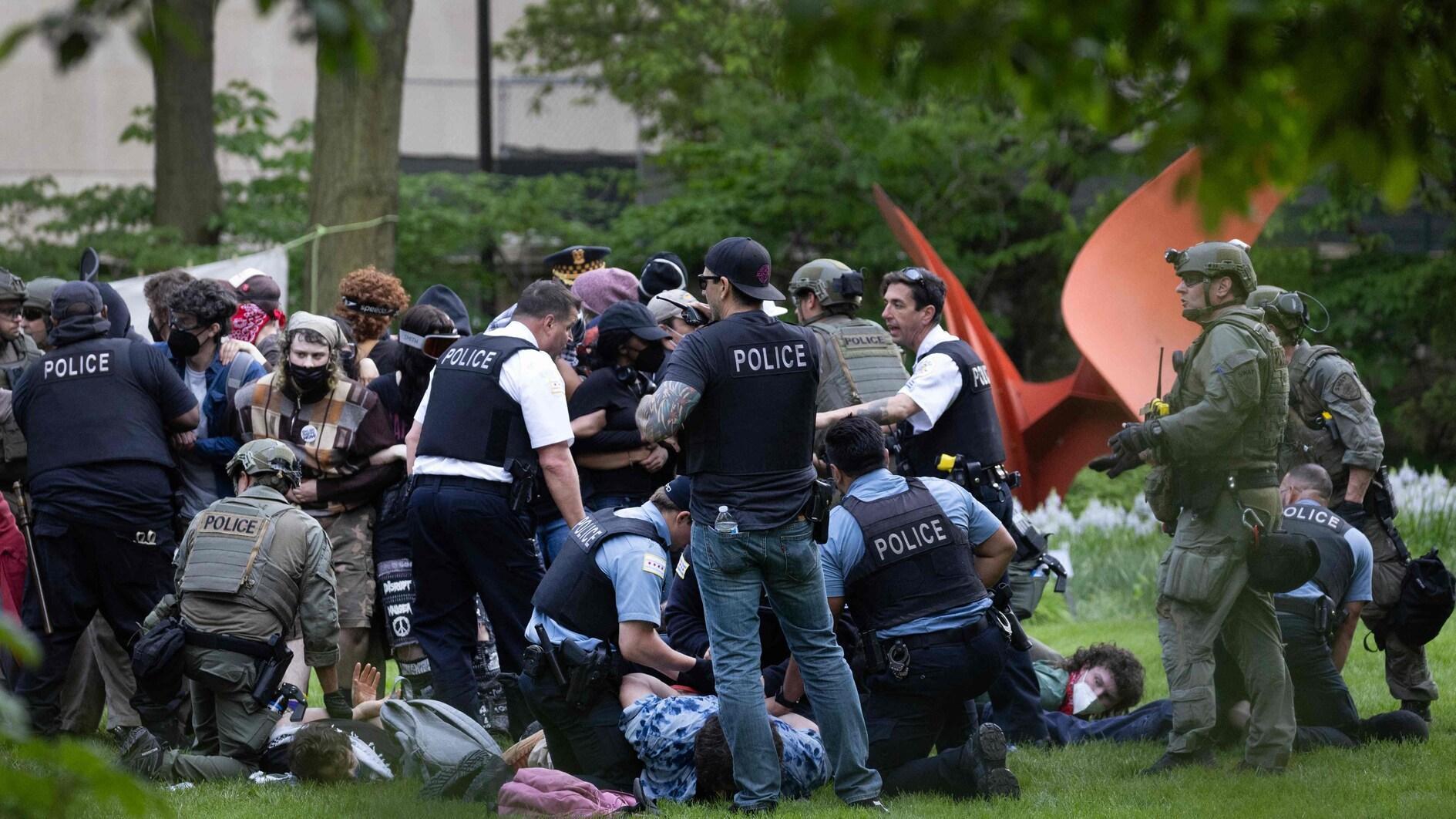Understanding the Arab uprisings
The post World War I order established in our region had to have been revised in the aftermath of the Second World War. This had been necessary for the realization of the Israel project.
The intervention over Israel left the Middle East in complete disarray for thirty years until the Camp David Accords. The order the West had envisioned for the Middle East was actualized for the first time with the Camp David Accord at the cost of the local people.
The mechanism of the Camp David Order was quite simple and its actors rather ordinary. The hierarchical structure of this order centered in Israel was as follows: the local people, local pawn administrations, the United States and Israel. The local administrations pawned off to the U.S. in exchange for security diffused the reactions created by aggressive Israeli attacks by oppressing people a little more each time. This primitive mechanism functioned without a problem to a great extent for decades. A byproduct of this mechanism was securing energy supplies. With the Arab uprisings both the Camp David Accord and the Sykes-Picot Agreement were rendered meaningless de facto before their first century of implementation were up.
Both the establishment and transformation of political orders are often painful. This indicates that the daily events are meaningless in the face of developments to come in the intermediate and long run. An observation resulting from this is that developments to in the intermediate term are much more important than the current events in Egypt, Syria, Libya and Tunisia. We understand the issue at hand in this way, a Salafi demonstration in Tunisia, a Foulul’s attempts at becoming a political actor in Egypt, Assad’s tactical moves in Syria may not be of any assistance in our attempts to understand the Arab awakening. In fact, sometimes they may even obscure the big picture. In other words, if you do not take the claim that the Egyptian revolution was mobilized via social media seriously, then you understand that what the future expects of Egypt and what kind of order will be established in the future cannot be gleaned by following the instantaneous social or traditional media news.
In order to offer an accurate analysis of the events in the Middle East and North Africa, and make realistic future predictions it is necessary to understand two particular incidents of decline and fall—the fall of the Ottoman and the waning of the Camp David Order. If you do not understand these, you run the risk of being swept from one naïve comment to another in the world of sight obscuring Western liberal models. All approaches that fail to analyze the decline and fall of the Ottoman Empire as well as the Camp David order in any meaningful way are destined to find themselves in a river of ignorance that flows uncontrollably. The most fundamental slogan of the Arab riots, the demand for “Isqatan Nizam”, in other words, the fall of the order was not only a demand for the stepping down of governments in sovereign countries but also was a demand for the abolishment of an order that was forced upon the region for almost a century. This demand not only rendered Mubarak meaningless, but also the Sykes-Picot agreement. In a world in which the Sykes-Picot was rendered meaningless and Camp David order is fading, it is now time to ask new questions about the new world and regional order. Those who find the courage to voice these questions will win at the end.










